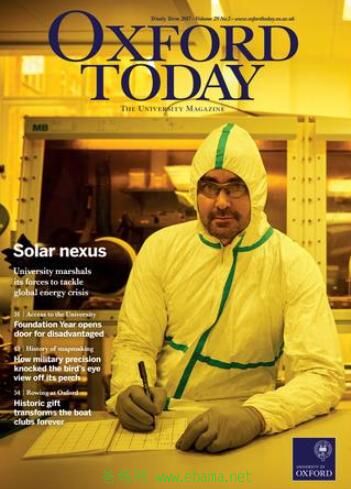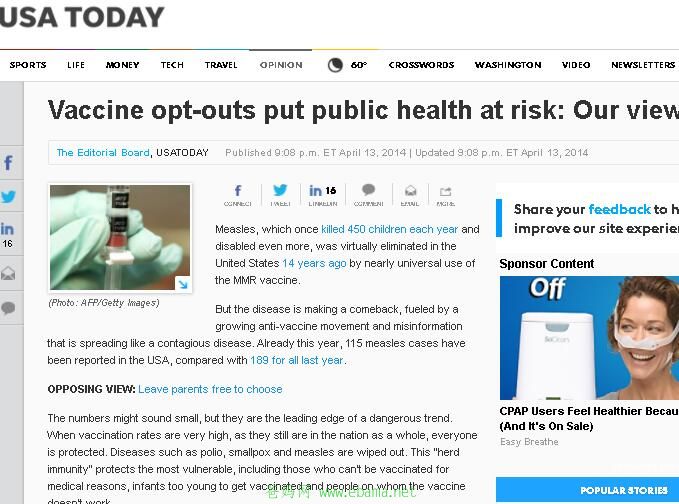北京2017年的高考题的几道和阅读相关的题目
第一篇:
It was a coldMarch day in High Point, North Carolina. The girls on the Wesleyan Academysoftball were waiting for their next turns at bat during practice, stampingtheir feet to stay warm, Eighth-grader Taylor Bisbee shivered(发抖) a little as she watched her zxxkteammate Paris White play. The two didn’t know each other well —Taylor had just moved to town amonth or so before.
Suddenly, Paris fell to the ground,“Paris’s eye rolled back,” Taylor says. “She started shaking. I knew it was an emergency.”
It certainly was, Paris had suffered asudden heart failure. Without immediate medical care, Paris would die. “Doesanyone know CPR?”
CPR is a life-saving technique. To do CPR,you press on the sick person’s chest so that blood moves through the body andtakes oxygen to organs. Without oxygen the brain is damaging quickly.
Amazingly,Taylor had just taken a CPR course the day before. Still, she hesitated. Shedidn’t think she knew it well enough. But when no one else came forward, Taylorran to Paris and began doing CPR, “It was scary. I knew it was the difference between life anddeath,” says Taylor.
Taylor’s swift action helped her teammatescalm down. One girl called 911. Two more ran to get the school nurse, whobrought a defibrillator, an electronic devices(器械) that can shock the heart back into work. Luck stayed with them

aris’ heartbeat returned.
“I know I was really lucky,” Paris say now. “Mostpeople don’t survive this. My team saved my life”
Experts say Paris is right: For a suddenheart failure, the single best chance for survival is having someone nearbystep in and do CPR quickly.
Today, Paris is back on the softball team.Taylor will apply to college soon. She wants to be a nurse. “I feel moreconfident in my actions now,” Taylor says. “I know I can act under pressure ina scary situation.”
这篇文章来自美国一新闻站,做了些许改写。
http://myfox8.com/2013/04/19/hig ... -by-performing-cpr/
第二篇
Inspiring young minds!
TOKNOW Magazine is a big hit in the world of children’spublishing, bringing a unique combination of challenging ideas and good fun toyoung fans every month.
Whatis so special about TOKNOW magazine?
Well,it has no ads or promotions inside—
instead it is jam-packed with seriousideas.
TOKNOW makes complex ideas attractive and
accessibleto children, who can become involved in advanced concepts and even philosophy(哲学)—and they will soondiscover that TOKNOW feels more like a club than just a magazine
What’sinside?
Everymonth the magazine introduces a
fresh new topic with articles, experiments
and creative things to make — the magazine
also explores philosophy and wellbeing to makesure young readers have a balanced take on life.
Sounds too good to be true?
Take a look online—evidence shows that thousands ofteachers and parents know a good thing when they see it and recommend TOKNOW totheir friends.
Happy Birthday All Year!
What could be more fun than a gift that keeps coming through theletterbox every month? The first magazine with your gift message will arrive intime for the special day.
SUBSCRIBE NOW
□AnnualSubscription
Europe £55 Rest of World£65
□AnnualSubscription with Gift Pack
Includes a Mammoth Map, apassport Puzzle Booklet, and Subscription
Europe £60 Rest of World£70
RefundPolicy—the subscription can becancelled within 28 days and you can get your money back
这篇是来自AQUILA Magazine 和其他杂志征订广告的混合体,而这则征订广告,从目前搜索的结果看,似是附在Oxford Today 杂志中的。 当然,这种杂志征订广告基本在任何一本杂志中都可以看到。多看杂志,这类杂志广告随处可见。

第三篇:
Measles(麻疹), which once killed 450 children each year and disabled even more,was nearly wiped out in the United States 14 years ago by the universal use ofthe MMR vaccine(疫苗). But the disease is making a comeback, caused by a growinganti-vaccine movement and misinformation that is spreading quickly. Alreadythis year, 115 measles cases have been reported in the USA, compared with 189for all of last year.
The numbers might sound small, but they arethe leading edge of a dangerous trend. When vaccination rates are very high, asthey still are in the nation as a whole, everyone is protected. This is called“herd immunity”, which protects the people who get hurt easily, including thosewho zxxk can’t be vaccinated for medical reasons, babies too young to getvaccinated and people on whom the vaccine doesn’t work.
But herd immunity works only when nearly thewhole herd joins in. When some refuse vaccination and seek a free ride,immunity breaks down and everyone is in even bigger danger.
That’s exactly what is happening in smallneighborhoods around the country from Orange County, California, where 22measles cases were reported this month, to Brooklyn, N.Y., where a 17-year-oldcaused an outbreak last year.
The resistance to vaccine has continued fordecades, and it is driven by a real but very small risk. Those who refuse totake that risk selfishly make others suffer.
Making things worse are state laws that makeit too easy to opt out(决定不参加) of what are supposed to be required vaccines for all childrenentering kindergarten. Seventeen states allow parents to get an exemption(豁免), sometimes just by signing apaper saying they personally object to a vaccine.
Now,several states are moving to tighten laws by adding new regulations for optingout. But no one does enough to limit exemptions.
Parentsought to be able to opt out only for limited medical or religious reasons. Butpersonal opinions? Not good enough. Everyone enjoys the life-saving benefitsvaccines provide, but they’ll exist only as long as everyone shares in therisks
这篇来自新闻网 USA TODAY 的一篇短文,也是做了少许修改

最后一篇
Hollywood’stheory that machines with evil(邪恶) minds will drive armies of killer robots is just silly. The realproblem relates to the possibility that artificial intelligence(AI) may becomeextremely good at achieving something other than what we really want. In 1960 awell-known mathematician Norbert Wiener, who founded the field of cybernetics(控制论), put it this way: “If we use,to achieve our purposes, a mechanical agency with whose operation we cannoteffectively interfere(干预), we had better be quite sure that the purpose which we reallydesire.”
Amachine with a specific purpose has another quality, one that we usuallyassociate with living things: a wish to preserve its own existence. For themachine, this quality is not in-born, nor is it something introduced by humans;it is a logical consequence of the simple fact that the machine cannot achieveits original purpose if it is dead. So if we send out a robot with the single instructionof fetching coffee, it will have a strong desire to secure success by disablingits own off switch or even killing anyone who might interfere with its task. Ifwe are not careful, then, we could face a kind of global chess match againstvery determined, super intelligent machines whose objectives conflict with ourown, with the real world as the chessboard.
The possibility of entering into and losingsuch a match should concentrating the minds of computer scientists. Someresearchers argue that we can seal the machines inside a kind of firewall,using them to answer difficult questions but never allowing them to affect thereal world. Unfortunately, that plan seems unlikely to work: we have yet toinvent a firewall that is secure against ordinary humans, let alone superintelligent machines.
Solving the safety problem well enough tomove forward in AI seems to be possible but not easy. There are probablydecades in which to plan for the arrival of super intelligent machines. But theproblem should not be dismissed out of hand, as it has been by some AIresearchers. Some argue that humans and machines can coexist as long as theywork in teams—yet that is not possibleunless machines share the goals of humans. Others say we can just “switch themoff” as if super intelligent machines are too stupid to think of that possibility.Still others think that super intelligent AI will never happen. On September11, 1933, famous physicist Ernest Rutherford stated, with confidence, “Anyonewho expects a source of power in the transformation of these atoms is talkingmoonshine.” However, on September 12, 1933, physicist Leo Szilard invented theneutron-induced(中子诱导) nuclear chain reaction.
节选自伯克利计算机系教授 Stuart Russell 2016年发表在
Scientific American 314, 58 - 59 (2016)
Published online: 17 May 2016
Should We Fear Supersmart Robots?
对比的话,可以看到出题者将原文做了一些简化处理。
Scientific American 是美国是一本较为流行的科普杂志。
https://www.scientificamerican.com/
从这里大家可以看到什么?北京的2017高考阅读试题三篇来自美国新闻网站或是科普杂志, 一篇来自其他杂志的征订广告。
所以,没事多读读原版新闻网站,原版的新闻杂志,科普杂志, 不仅仅有趣(有图片,新闻写的比考题更紧凑有趣),涨知识见识,更主要无形中把高考也捎带了。
适合孩子的新闻和科普杂志有哪些呢?
论坛里有介绍啊, 也有推荐。 这里就不罗嗦了。